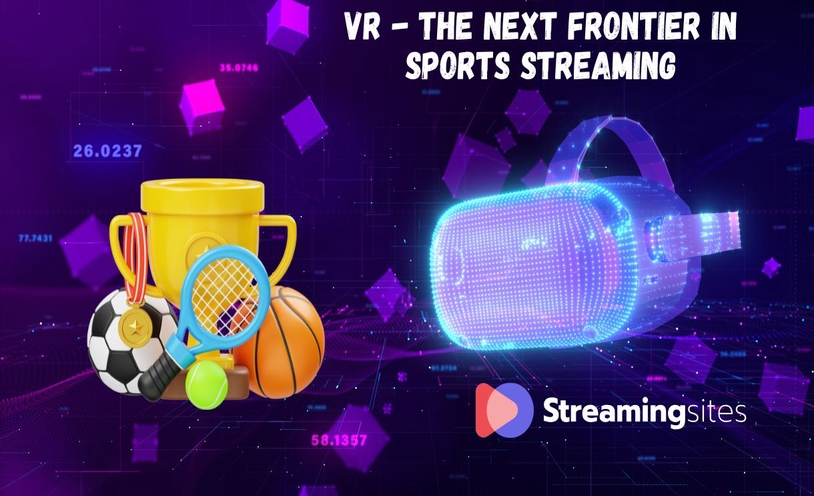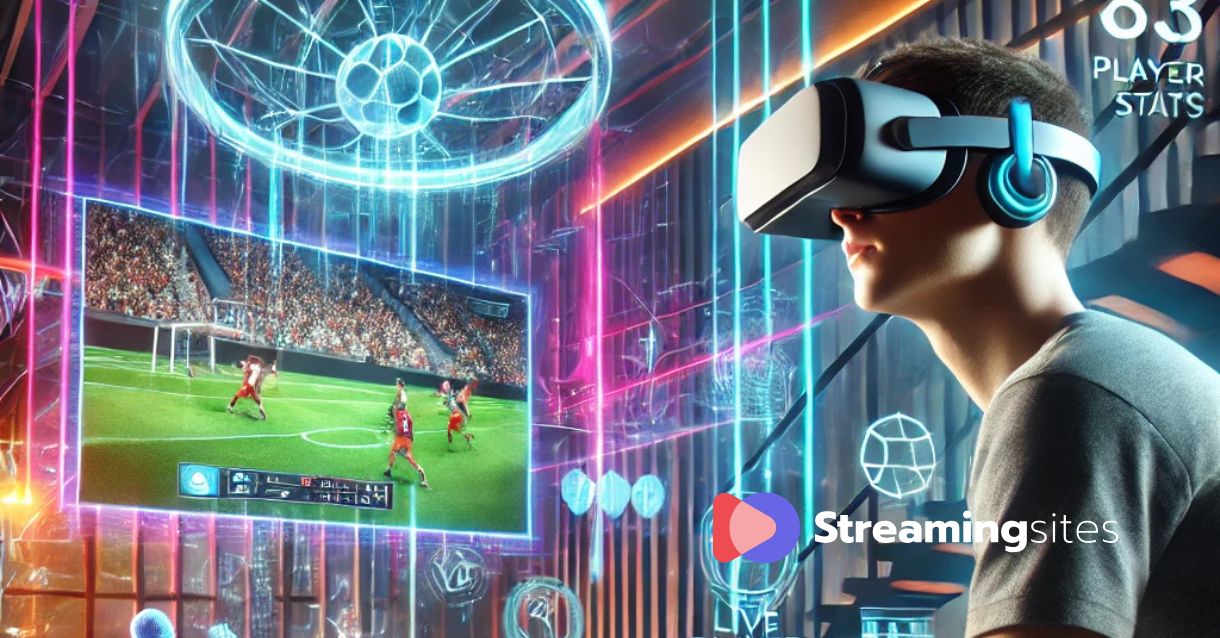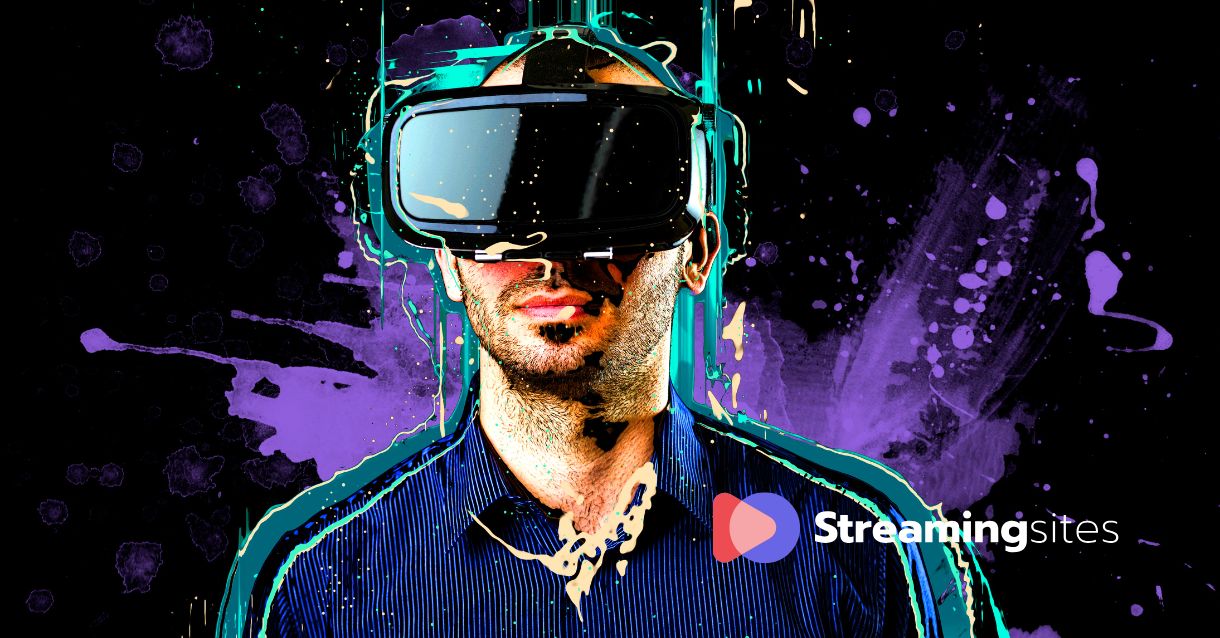
Virtual Reality Check: The Next Frontier in Sports Streaming
Virtual reality stands as a significant technological evolution, transforming how we engage with sports entertainment. Its impact stretches beyond enhancing viewer experiences to revolutionizing sports streaming and even influencing the sports betting sector. VR offers a new paradigm where fans are no longer passive spectators but active participants in the sports they love. This shift not only promises to change how we watch sports but also how platforms can integrate immersive experiences to increase viewer involvement and satisfaction.
The evolution of VR technology represents a journey from its inception as simple visual simulations to its current status as a core component of modern entertainment and gaming industries.
Originally designed for sophisticated scientific simulations and military training exercises, VR has transitioned into mainstream applications, especially within the digital entertainment sphere.
In the sports sector, VR's introduction marked a significant shift. Initially, it served as an innovative tool to enhance athlete training programs by simulating real-world environments and scenarios without the physical risks or logistical challenges. This application quickly extended to enhancing fan experiences during live events.
As the technology has matured, its capabilities have expanded dramatically. Today, VR can replicate the full sensory experience of being in a stadium, complete with the crowd's roar and the detailed, panoramic views of ongoing plays.
The technology introduces a series of transformative advantages to sports viewing that far surpass what traditional platforms can offer.

VR allows fans to experience the game from virtually any perspective. This immersive experience is enhanced by VR's ability to integrate real-time data overlays, such as player statistics or game analytics, directly within the viewer's field of vision.
With VR, viewers have the flexibility to choose their viewing angles and perspectives. This customization extends beyond merely selecting a camera angle; it includes personalized audio environments that can mimic the acoustics of a stadium from various locations, whether it's behind the goal posts or at center field. Such features make every viewing experience unique and deeply personal.
The integration of VR into sport streaming platforms also offers groundbreaking possibilities for the sports betting industry. By providing a more immersive and interactive environment, VR technology could enable bettors to feel more connected to the events they are wagering on. The deeper connection can lead to a better understanding of the game dynamics as bettors can virtually experience the game conditions, player movements, and more.
Despite the potential of virtual reality, several significant challenges and limitations must be addressed to ensure its broader adoption and success.

The cost of VR technology remains a primary barrier to widespread adoption. High-quality VR headsets and the necessary supporting hardware can be expensive for the average consumer. Sports broadcasters and VR companies need to consider cost-reduction strategies, possibly through subsidies or partnerships, to make these technologies more accessible.
On the technical front, VR requires a substantial amount of data bandwidth to deliver a high-quality, immersive experience. The need for high-bandwidth internet connections is a hurdle in regions where such technology is not yet commonplace or where connectivity issues persist.
From a health perspective, prolonged use of VR headsets has been linked to various discomforts, such as eye strain, headaches, and in some cases, motion sickness. VR developers and sports streaming services must prioritize the development of ergonomic designs and incorporate user health safeguards to mitigate these risks.
As virtual reality reshapes the landscape of sports streaming, both industry stakeholders and consumers must strategically prepare for this transformative technology. Broadcasters and streaming services need to invest in robust, VR-compatible technologies and form partnerships with hardware manufacturers to ensure smooth and immersive experiences. Simultaneously, consumers should stay informed about VR developments to make wise investments in equipment.